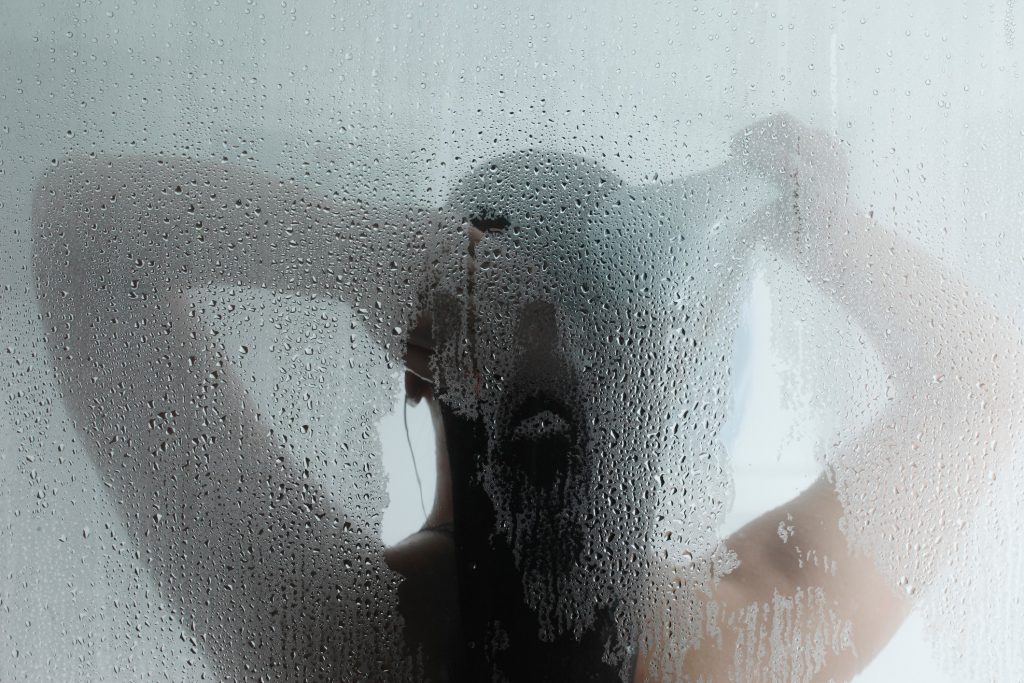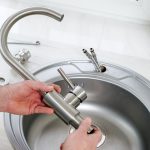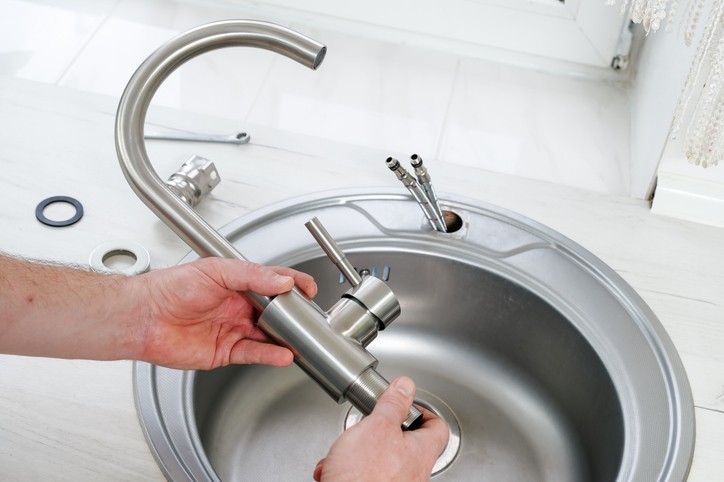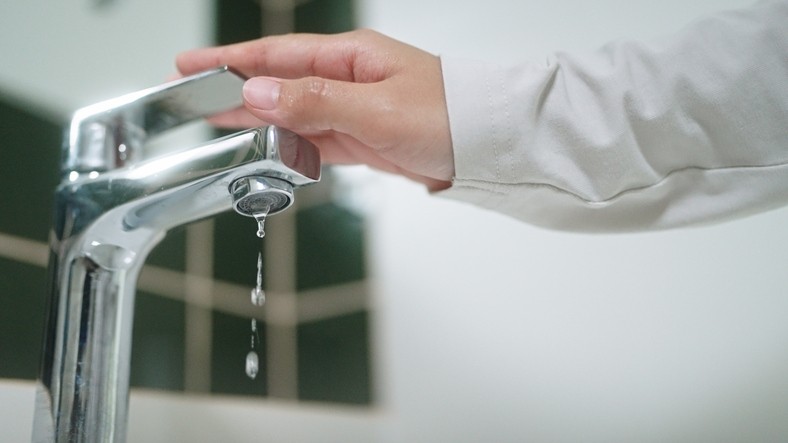Maybe you don’t think so much about water heater temperature on the average day, but it’s likely to be top-of-mind when you have a new one installed. That, in turn, begs the question: What’s the ideal temperature for all your hot water needs? While this may frustrate you even just a little, experts agree that there are not one, but two ideal settings. Which one you use depends on the application.
Let’s take a closer look.
The Right Water Heater Temperature for the Right Application
The standard temperature for most water heaters is 140 degrees F, but the Department of Energy recommends turning down to 120 degrees to save energy. And while saving energy is almost never a bad idea, it would be if you set your water heater thermostat below 120 degrees. That would allow for an increase of bacteria which in turn creates a health risk inside your own home.

So, who’s right: the Depart of Energy or the manufacturers? As we’ve already pointed out, they both are.
- Your dishwasher: If your dishwasher doesn’t have a booster heater, you may want to keep your water heater at 140 degrees for optimum cleaning. However, this feature is found on most modern dishwashers.
- Your health: While bacteria growth inside a tank set to 120 degrees is safe for most people, you should consider keeping yours at 140 degrees if you have a compromised immune system.
- The number of people in your home: If you live alone, it’s unlikely you’ll ever run out of hot water when you keep the tank at 120 degrees. However, if six family members shower back-to-back each morning, the extra 20 degrees helps ensure hot water for everyone. Once morning “rush hour” is over, you can turn the thermostat back to 120.
- Whether you have children: If your family includes seniors, small children, or anyone with special needs, scalding is an ever-present risk. With that in mind, play it safe and keep your thermostat at 120.
Other Considerations
- Distance from water heater: The farther a faucet is from the water heater, the less heated water it will it receive. Temperatures can be further reduced if the hot water pipes aren’t insulated.
- If you are concerned that your water heater temperature is too high or too low, call Norhio Plumbing, and we can use a specialized thermometer for determine exactly where it’s at and adjust as needed.
- If you’ve adjusted the thermostat but can‘t tell if that’s made a difference, that’s something else we can check on for you. The thermostat itself might be faulty or your tank may have a sediment build-up inhibiting its ability to properly heat the water.
No matter what the hot water need, Norhio Plumbing is ready to lend a helping hand. And that goes for gas, electric, and tankless water heaters alike. Contact us today or anytime for service with your satisfaction guaranteed.










Leave a Reply